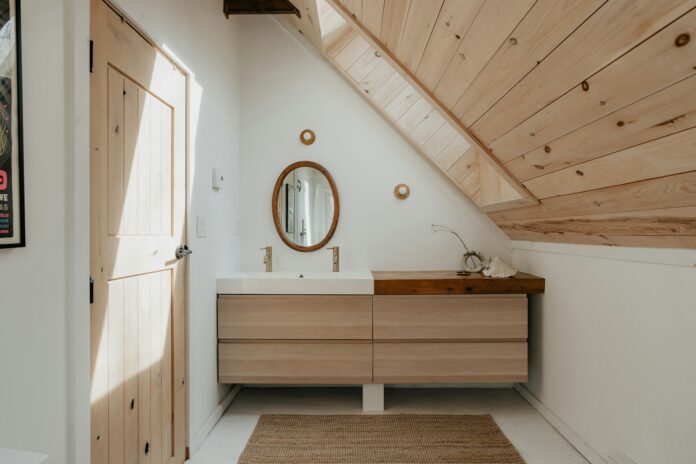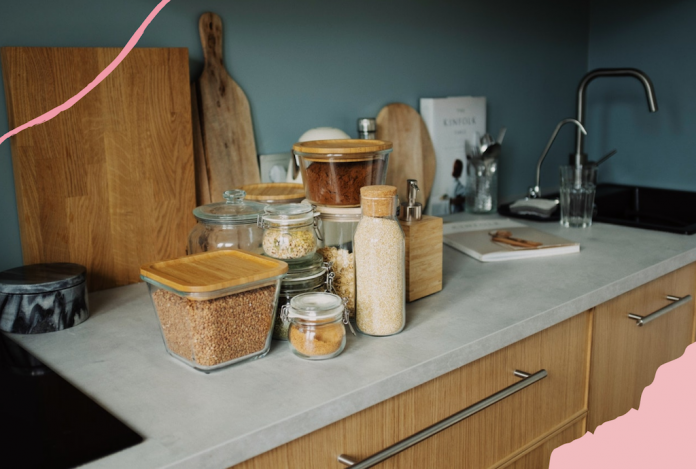You don’t have to tell us twice that modern life can be incredibly stressful. Yep, modern life can be incredibly stressful, and the last few years have been perhaps the most stressful of the lot.
It’s certainly true that we all want – no, we need – our homes to be as soothing as possible with the outside world seemingly falling apart. Relaxation, recuperation, rest…it’s so essential to our continued sense of wellbeing.
Sadly, not all of us are blessed with the interior design know-how to make the most of our living spaces. In fact, the way your house is laid out and the manner in which you keep it may be nurturing an environment that is actually increasing your stress levels.
Fortunately, you don’t have to undertake an ambitious renovation project to remedy this. There are several, simple tweaks you can make to turn your home into the peaceful, serene space that it should be. With that in mind, here are 7 interior design tips that could help reduce stress.
Channel Chromotherapy & Calming Colours
Ever heard of chromotherapy? Also known as colour therapy, this is all about using colour to stimulate wellbeing. According to the practice, different colours and shades have different wavelengths and significance, all of which can have a meaningful impact on our moods.
For a calming environment, apply the practice of chromotherapy to your home’s interior by using soothing colours to combat stress. Colours like cream, beige, and faint pastel shades tend to be more relaxing than bold colours like red or orange, which can stimulate a strong emotional response.
That said, the right shade of orange help you feel calmer. Indeed a warm tone in that shade can be reminiscent of the colour of the sunset – one of nature’s most calming and peaceful phenomenons – which in turn can help rebalance your mood. It’s also acknowledged within chromotherapy that purple has a calming effect and encourages us to separate from the material world, which in turn can help reduce stress.
Of course, colour is personal and depends on your own, unique preference, so chose a colour that is peaceful to you. If you don’t have time to give the walls a fresh coat of paint, consider replacing bedsheets, cushion covers, and other fabrics in the colour of your choosing to give a quick injection of colour.
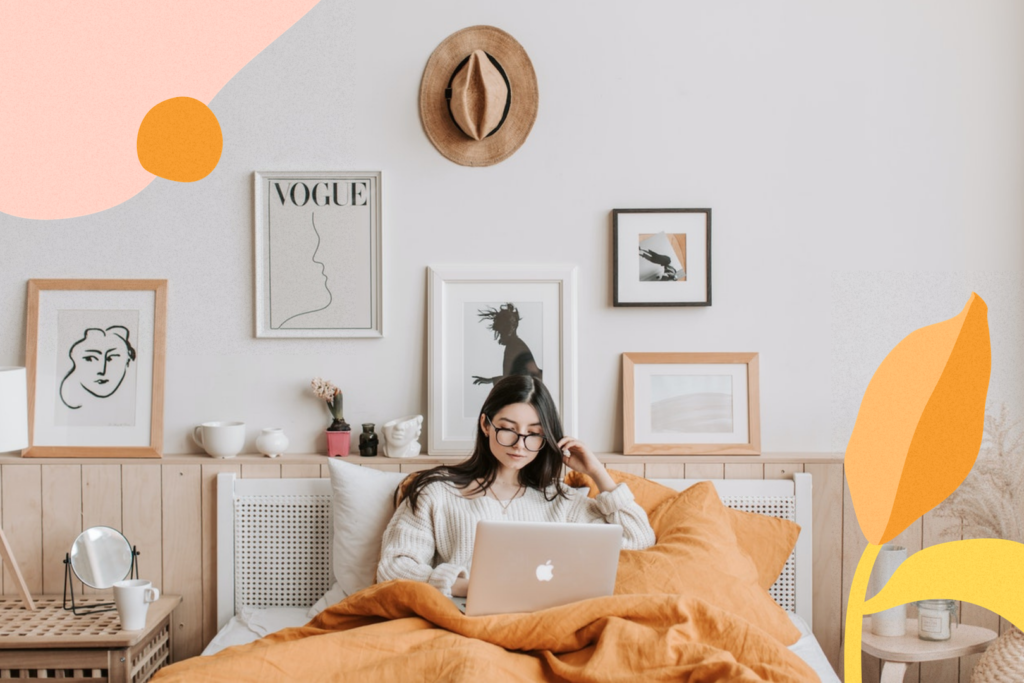
Keep Things Tidy
It sounds obvious, and it might put them out of a job for its stark simplicity, but it is probably the most important piece of advice any interior designer can give you. Yep, the best thing that you can do to make your living space calm, soothing and tranquil is to keep it tidy.
If you struggle to do this, a good place to start is to make sure that everything has a place, its right one, as Thom Yorke once intoned. If you don’t have enough storage space, check out some of our tips on maximising the space in your home here. You won’t regret it!
Incorporate Soft Textures & Plants
Soft textures have a profound effect on our sense of comfort and calm. By introducing elements such as plush rugs, velvet cushions, or a soft throw, you can significantly enhance the tranquillity of your space. These textures invite touch and provide a physical comfort that can help soothe the mind. Consider a shaggy rug on a wooden floor for a tactile experience that warms your feet and your heart, or a velvet cushion that feels luxurious and comforting to the touch. The key is to select materials that feel good against your skin and make your relaxation time more indulgent.
Indoor plants can be a stylish and pleasing addition to your living space, too, and they bring some reputed stress-relieving qualities, too. As well as being aesthetically pleasing, houseplants have been said to possess various health benefits, such as reducing stress and boosting your mood, creativity, and productivity.
Plants absorb toxins and produce oxygen, enabling you to breathe more easily. Plants such as cacti, succulents, and peace lilies are popular houseplants, and are easy to look after. Watering and taking care of a plant can also bring a sense of routine that can in itself be calming and good for the soul, too. There really is no reason not to!
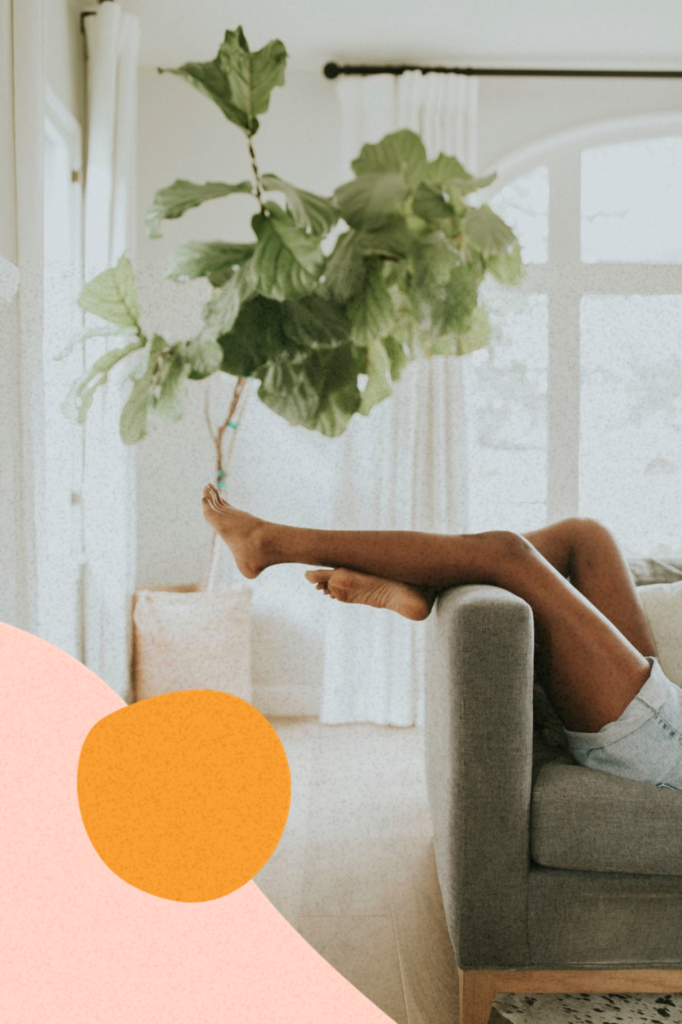
Create a Personal Sanctuary Space
Your home should have at least one space dedicated to unwinding and self-care. This could be a reading nook, a meditation corner, or even a small garden balcony where you can retreat to for some quiet time. Personalise this space with items that have a calming effect on you, such as a favourite piece of art, a collection of books, or a set of wind chimes. The presence of personal and meaningful items can create a sense of peace and a reminder of the joys in life amidst the chaos of the outside world.
Embrace The Tranquility Of Art
Incorporating art into your home decor isn’t just about aesthetics; it’s about creating a space that allows you to unwind and find solace. Art can serve as a visual escape and a source of inspiration, reminding us of the beauty in the world and providing a temporary respite from our daily concerns. To harness the stress-relieving power of art, consider the following tips:
- Choose Calming Imagery: Select pieces that depict tranquil scenes or abstract designs that evoke a sense of calm. Landscapes, seascapes, and images of nature can transport you to a place of serenity and help to lower stress levels.
- Mind the Colours: The colours in your artwork can influence your emotions. Grey wall art, for instance, could inspire contemplation. Blue tones are known to have a calming effect, while greens can create a sense of balance and harmony. Incorporating artwork with these hues can contribute to a more relaxing environment.
- Consider the Size and Placement: Large-scale pieces can create a bold focal point and transform the feel of a room. Smaller pieces can be grouped together to create a gallery wall that tells a story and invites contemplation.
- Personalise Your Space: Choose art that resonates with you personally. Whether it’s a painting by a favorite artist, a photograph from a memorable trip, or a piece that simply speaks to you, having art that holds personal significance can enhance your emotional connection to your space.
Make The Most Of Natural Light
Sunlight is a natural source of melatonin and Vitamin D, both of which play a large role in regulating our moods and sleeping patterns. Natural light almost always brings a room – and conversely, the inhabitant – to life, injecting positivity and optimism into the outlook of those who step within it.
If you want to make the most of natural light, avoid curtains and opt for blinds or shutters, which allow full access to expose the windows by simply folding back the shutter panels, adjustable and easily altered at different times of the day.
As rule of thumb, you usually want to avoid putting things in front of windows as much. Doing so blocks out light and can make a room feel dingy. However, these are unconventional times, so if possible, consider moving your bed or a comfy seat next to a window so you can bask in any sunlight streaming through the windows.
Another way to increase the amount of natural light in a room is to strategically place a mirror opposite the room’s window so that it reflects the light, as well as opting for lighter coloured walls, which are adept at bouncing natural light around a room.
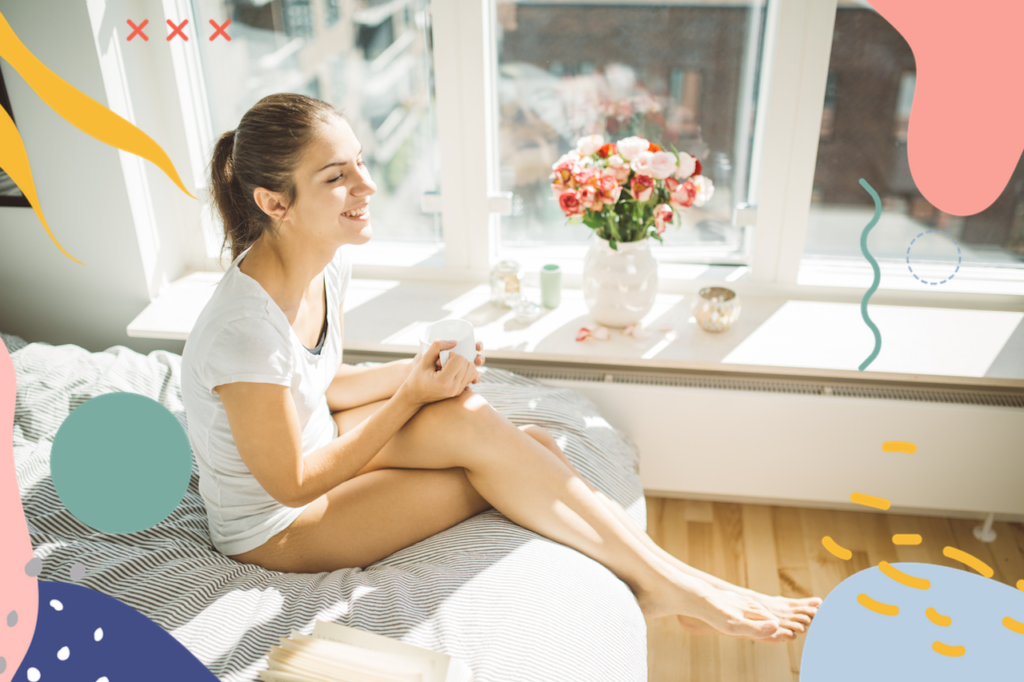
Use Layered Mood Lighting
Unfortunately, natural light is not always available. Particularly pertinent in the coming months, when it gets dark outside and you want to create calming, cosy vibes, layered mood lighting can really set the scene. Lamps and candles are usually better than overhead lighting at creating a serene living space, with just the right amount of shadow cast, and that perfect balance between illuminated and lowkey. Why not try using a dimmed floor lamp in conjunction with a small desk lamp, and perhaps some scented candles for best results?
The Bottom Line
In the quest for a stress-free living environment, it’s the subtle changes that often make the most significant impact. By incorporating calming colours, maintaining tidiness, bringing nature indoors, maximising natural light, using mood lighting, introducing soft textures, and creating a personal sanctuary, you can transform your home into a haven of tranquillity.
Remember, your home is your retreat from the hustle and bustle of the world; it should be a place where you can recharge and find peace. Take the time to make these changes, and you’ll likely find that your home isn’t just a place to live, but a space to thrive.

